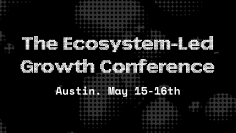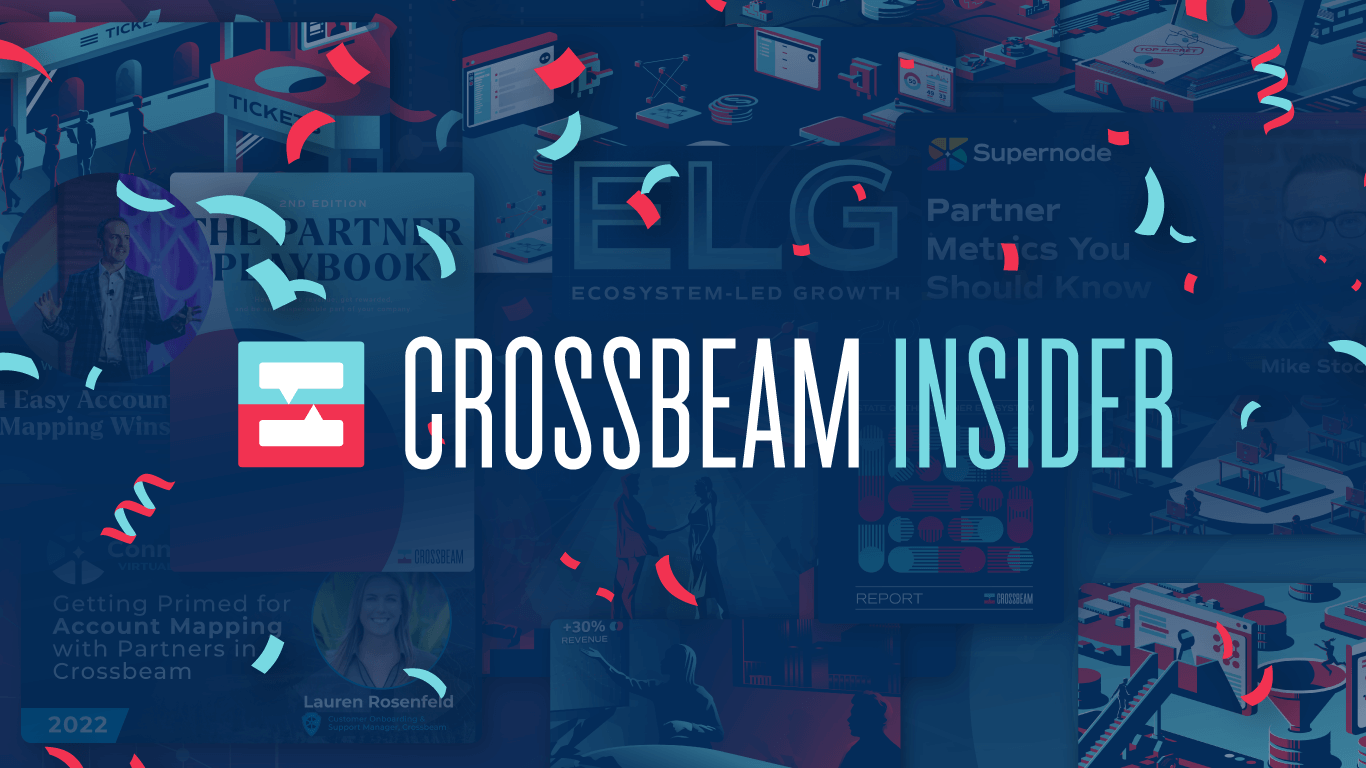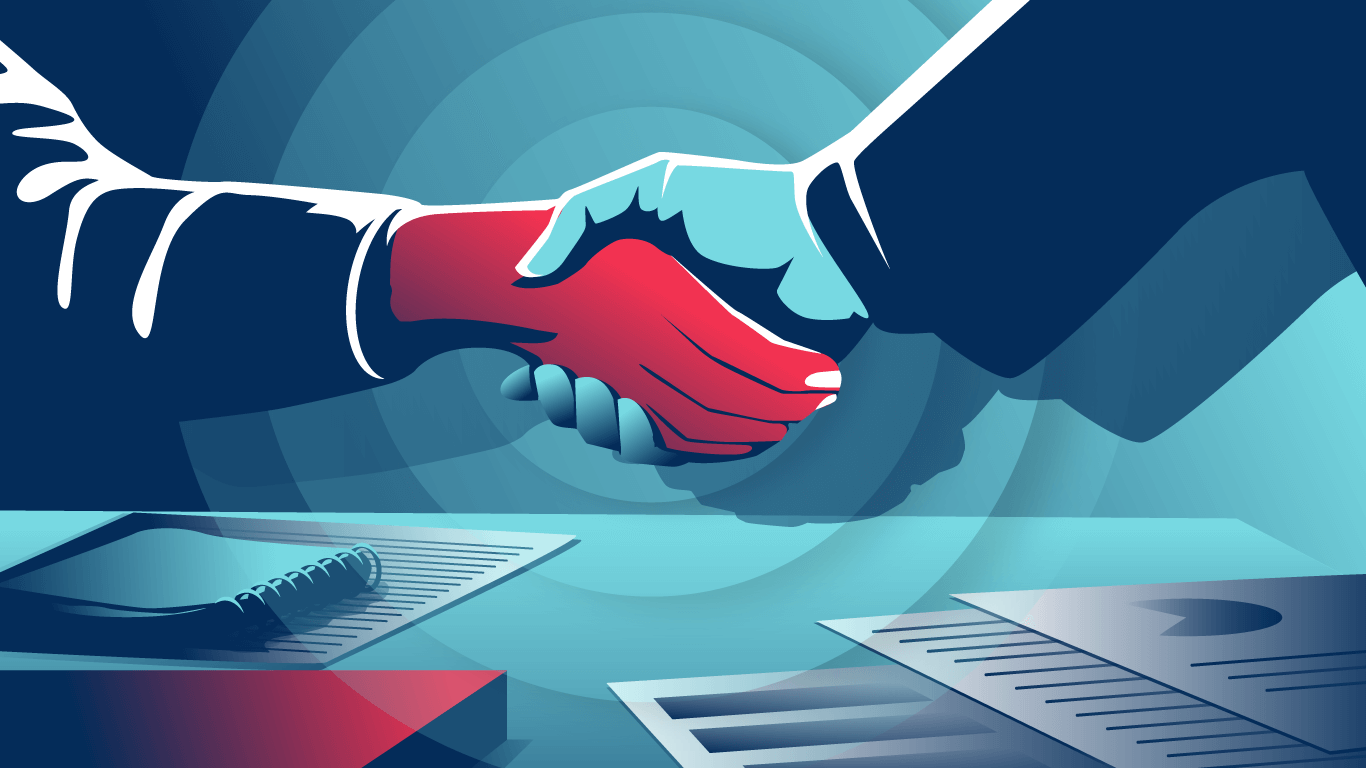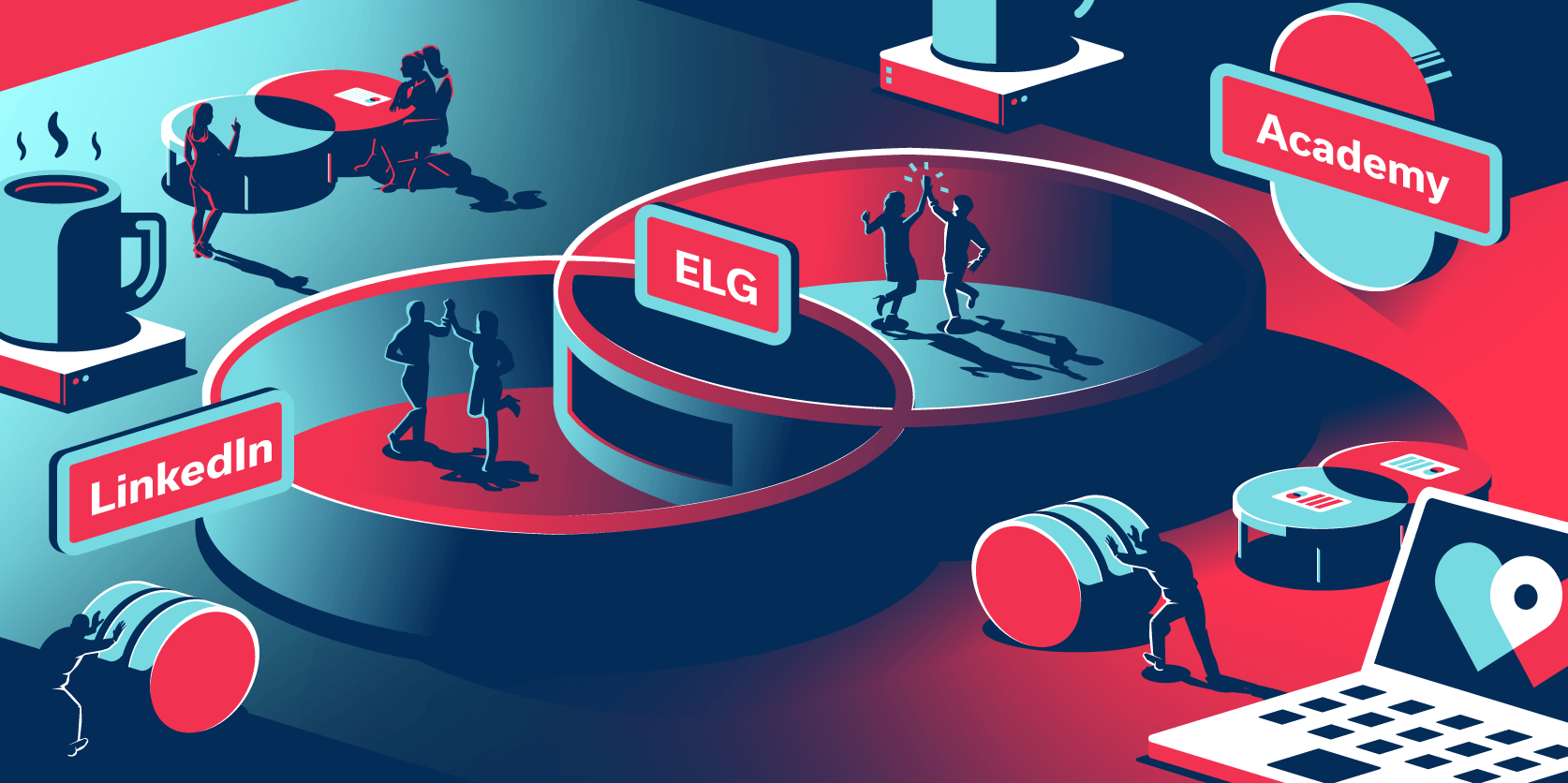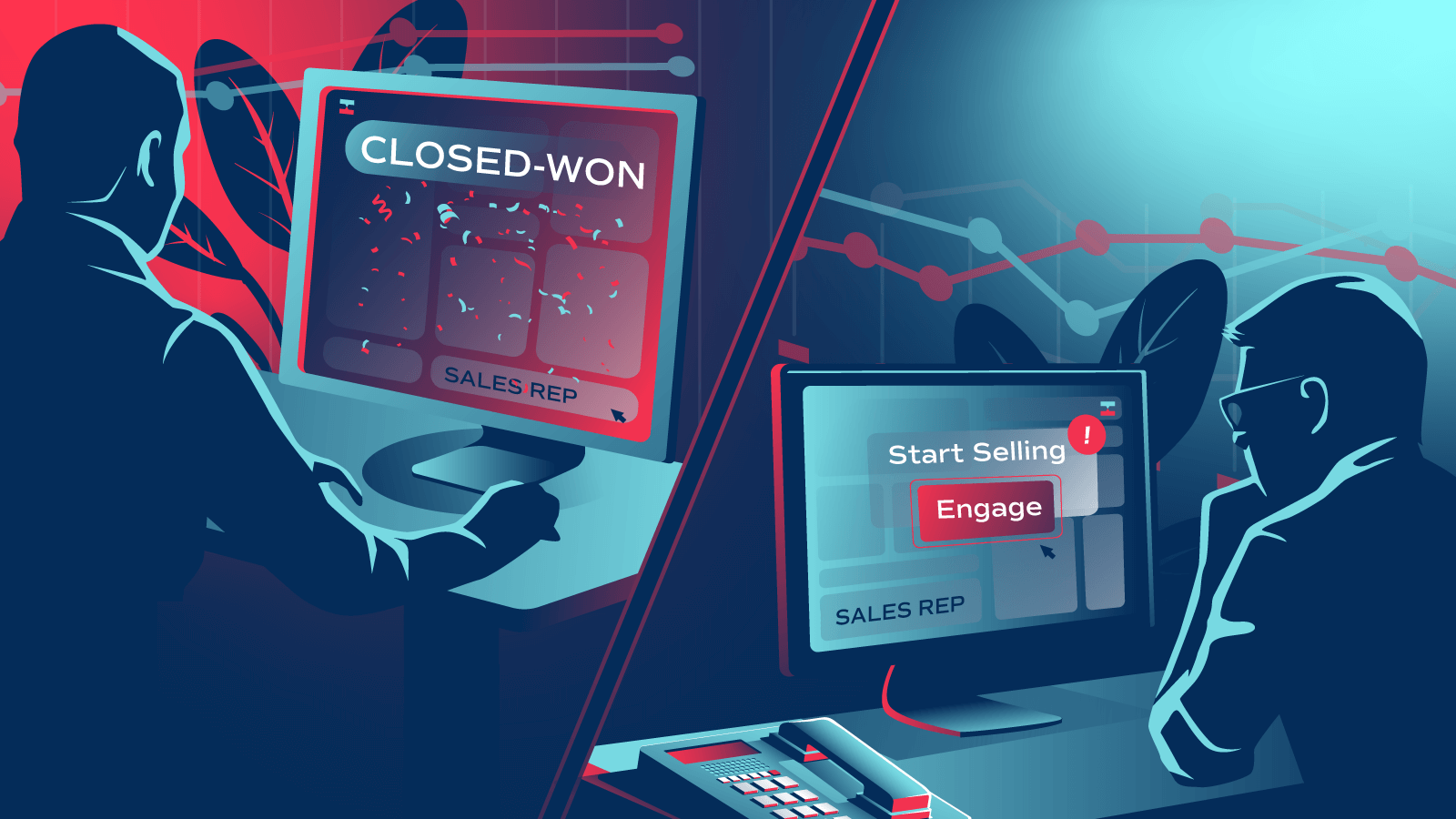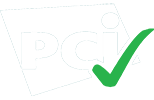Do you remember when everyone who moved pixels on a screen was a “web designer”?
Thanks to SaaS, the role of “web designer” has long since splintered into more than a dozen job titles. Now there are “UX/UI designers” to focus on user flows. There are “brand designers” to make sure messaging and branding are consistent throughout the entire product. If you launched your SaaS product in 2020 by hiring “web designers,” you would be laughed out of the room. As a profession, designing for SaaS products is reaching what I’ll call “maturity.”
For a job function to reach “maturity,” the following needs to be true:
- Job titles are standardized.
- Structured education is available.
- There are clear career paths.
- There are clear delineations of responsibilities for managers for each role.
- There is a consideration and study of ethics.
- There is an established technology stack regarded as best practice.
Each one of the common SaaS company job functions reached “maturity” at different moments during the previous two decades. First, by definition, came the product maturity (SaaS in of itself is a product decision). Thanks to Salesforce, next came the sales job function. Then, thanks to GitHub and DevOps: developers. And lastly, thanks for social media, HubSpot, and PPC: marketers.
A good rule of thumb: the easier it is to move laterally between companies, the more mature a job function.
 Like a skyscraper, these layers of maturity build on one another, each pushing SaaS market caps to new heights. Marketers can’t reach maturity until the developers. Sales roles can’t reach maturity until product. As sales, marketing, product, and dev teams reach maturity, partnerships are up next.
Like a skyscraper, these layers of maturity build on one another, each pushing SaaS market caps to new heights. Marketers can’t reach maturity until the developers. Sales roles can’t reach maturity until product. As sales, marketing, product, and dev teams reach maturity, partnerships are up next.
In a recent podcast with SaaStr, our CEO Bob Moore articulated the “messy middle” the SaaS industry finds itself in:
“All of these things are reaching a snowball effect. You can get really excited for the future of businesses collaborating with one another not just to build products, but to go to market… But there still isn’t a set of codified best practices.”
Next up: partner managers
There was a “baby boom” of software companies created in the mid-2010s. And in the 2020s, many of those companies have reached product-market fit and are looking to grow beyond their direct sales channels. Meanwhile, customers are increasingly expecting their tech stack to operate like Legos, they expect the pieces to integrate seamlessly with one another. The result will be a rapid maturity of the partner manager role.

When will the partner role reach maturity? Let’s take a look at the criteria established above:
- Standardization of job titles. Are they “alliances”? “Partnerships”? What’s the difference between agency partners, resellers, and channel? Are those three jobs or one?
- Structured education for partner managers. If you want the be the best partner manager you can be, what do you do? It’s the wild west right now with a smattering of blogs (like this one!), Slack groups, and conferences. But all education is largely informal and on-the-job. For now.
- Clear career paths for partner managers. According to our State of the Partner Ecosystem Report, 55% of partner managers have a sales background. Will that be the norm moving forward? In the early days of digital design, former print designers were the early workers in digital design. But now, most start their career focusing on a digital design specialty. What happens when incoming labor starts out working in partnerships?
- There are clear delineations of responsibilities for managers for each role. Depending on the company, the person responsible for partnerships ranges from a VP to a Director and from biz dev to simply “Partnerships” or “Alliances.” There’s no common org chart for a partnerships organization within a company. Yet.
- A consideration of ethics. Product teams have an entire school of study about “dark patterns.” Developers need to be conscious of data security. Marketers need to avoid leaning too hard on tracking technology, clickbait, and aggressive CTAs. What would a similar code of ethics look like for partnerships?
- An established technology stack regarded as best practice. What is the modern-day partnerships stack? We, of course, are betting that will include a Partner Ecosystem Platform like Crossbeam—but how many tools will the SaaS partner manager use in 2025?
This transitional period makes things ambiguous from a career planning perspective, but also allows for massive opportunity.

According to Gartner, SaaS revenue is expected to nearly double between 2018 and 2022. But you don’t need an analyst to reveal the ever-changing software landscape. It’s likely you either work for a SaaS company or can tick off at least five B2B SaaS apps you use for your daily workflow.
The benefits of the partner ecosystem are real and best practices are still being established. Other job functions are fully mature and able to support the partnership organization. It’s a wonderful time to be an ambitious partner manager.
And if you’re interested in brushing up on your partnership skills we invite you to subscribe for weekly B2B SaaS partnership insights:
Turn your ecosystem into your #1 revenue source
Get started in under a minute. Instantly capture insights from your partners. Identify more opportunities. Did we mention it’s free?
